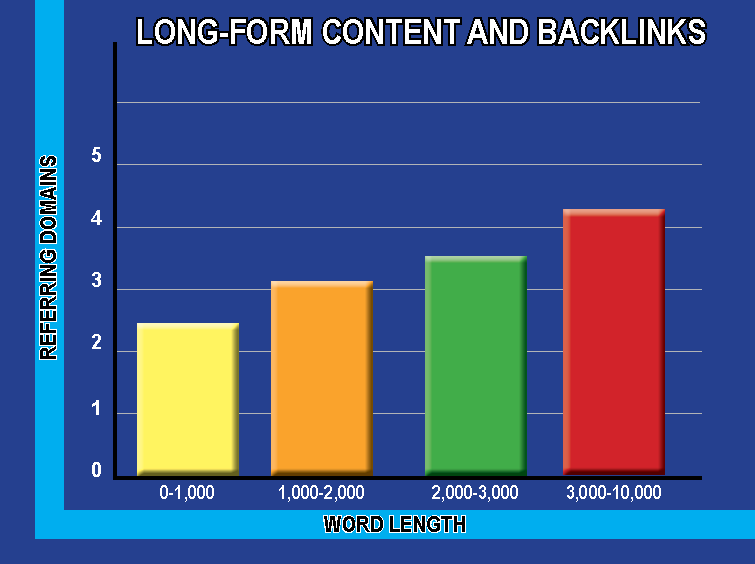|
As a professional copywriter, one of the questions I get frequently from prospective clients is, “How long will it take you to write a blog post?” That query usually is followed up by, “How much will it cost to write a blog post?” Reputable copywriters have a process and always are happy to explain it to their clients. Where we tend to get into a conundrum is when clients come into the process with a preconceived notion of how long a project should take and what is involved in producing the work. One of my favorite assumptions as of late is the idea that any copywriter worth their salt can write the perfect blog post in an hour. Apparently, there is a so-called expert out there claiming this, complete with instructional videos on how to create the perfect 1,500-word blog post in one hour. That sure does sound appealing. I can understand why clients would be enticed by such a claim. The problem is it is not realistic. Can you write a blog post in an hour? Sure. Is it going to be top quality? Probably not. Let’s break down the rationale behind this “perfect blog post in an hour” promise and explore why it is not the best method for producing the kind of content search engines will adore. Claim #1: Hit lists Keeping a “hit list” of articles reduces writing time. The theory is that if you have a go-to list of topics that already includes relevant keywords and some subheadings for inclusion, it will save you time later. This is not an entirely bad idea. Many copywriters who have clients in specific niches find creating such a list helpful. The downside to this is if you have several clients within the same niche, you risk repeating copy for clients. Then you get into spun content territory, which never ranks well on search engines. What is spun content? It is taking the exact same copy and reworking it just enough that it appears slightly different to search engines. It contains all the same keywords and basic ideas, just rearranged a bit. Sometimes search engines can be slow to catch on to spun content, but Google’s bots are getting better at detecting it. Google dislikes this practice, and if it catches a website egregiously using spun content, it will penalize it by ranking it poorly. Claim #2: The guy next door Some of these self-proclaimed writing experts suggest you can cut your research time in half by taking the “guy next door” approach in your response. Rather than do proper research, the notion is to admit you are not an expert in the subject and that you had to do some quick Googling yourself to get the answers. Then just state the information without citing your sources. While the “I’m not an expert, I just play one on TV” approach might work sometimes, it is not appropriate for every blog post. Some clients may be experts in their fields and require content that establishes them as an authority. In fact, 95 percent of the content I write for clients falls into this category. Conducting proper research and citing sources takes time (most definitely more than an hour). Claim #3: Earning rich snippets Anyone can earn a rich snippet if you just follow this guide to writing the perfect blog in an hour. At least, that is the claim from some self-appointed writing gurus. Before we explain why it is harder than it looks, you are probably wondering what the heck a rich snippet is and why you need to earn one. Amiright? A normal snippet displays the page title, the URL where it is located, and a short description of what the page is about. A rich snippet includes extra information above and beyond the norm. It can include photos and reviews or ratings from customers if it is a product or business page. Rich snippets are important because they tend to produce a higher click-through rate on websites. Consumers love search results that give them a lot of information upfront. Here is an example of what a rich snippet looks like: The claim says to earn the coveted rich snippet, you should write your opening sentence and paragraph before you do anything else. You must write it in a question-answer format known as a response-style blog. A response-style blog poses a question (ideally in the headline or opening sentence) and then answers it within the first paragraph of the blog post. To help boost your chances of earning a rich snippet, these experts suggest bolding the answer part of your response. The thinking is bolding text will help Google’s bots know you mean business and to reward you for your efforts. While bolding text is an old SEO copywriting trick to attract Google’s attention, it is not a surefire technique. Why can it go wrong? Well, we can think of a few reasons. The most obvious is that your content is not original. We are going to circle back to that whole idea of spun content again. If you did the “guy next door” approach to your research, chances are, there is not much new or unique about your bolded content. So, even if the bolded text initially attracts Google’s web crawlers, they still may refuse your content a rich snippet if it is just like 20 other posts on the same topic. Claim #4: Subheads can hurt your ranking Long-form content ranks better with search engines. Why? Thorough content has a greater chance of earning quality backlinks that can boost your rating with search engines. One of the final aspects of these so-called perfect blogs in an hour is a warning that Google can sometimes treat long-form content like puny, thin content. Why? Their rationale is the subheadings lack substance and are irrelevant to the original topic. On this, we can agree – to a point. Copywriters who shove subheadings into a blog just to reach word count are doing their clients a disservice. If the content does not add value, Google’s web crawlers will completely discount it. The best way to keep long-form content relevant and exciting to Google and other search engines is to turn long-tail SEO keywords into subheadings. It is a sneaky way to ensure your extra words stay on target while giving them some extra oomph. Quality trumps quantity every time Cranking out the perfect 1,500-word blog post in an hour is simply unrealistic. The methods that some of these writing gurus tout will not earn your blogs the ratings they promise. Like any other “get rich quick” scheme, it really is too good to be true. It will just end up causing you frustration when these methods do not produce the promised results. Quality trumps quantity every time. Any good copywriter understands this and will never agree to methods that do not promote thorough research that produces engaging and relevant content. Ready to learn more about the right way to produce unique content that adds value to your brand? Contact us today to schedule a no-obligation consultation. AuthorShari Berg has known she wanted to be a writer since she was old enough to hold a pencil in her hand. She believes everyone has a story to tell, and it’s her job to discover it. Shari owns The Write Reflection, a Pittsburgh-based copywriting and content writing company that empowers small business owners to wield the power of words.
0 Comments
Your comment will be posted after it is approved.
Leave a Reply. |
Categories
All
Archives
April 2024
|



